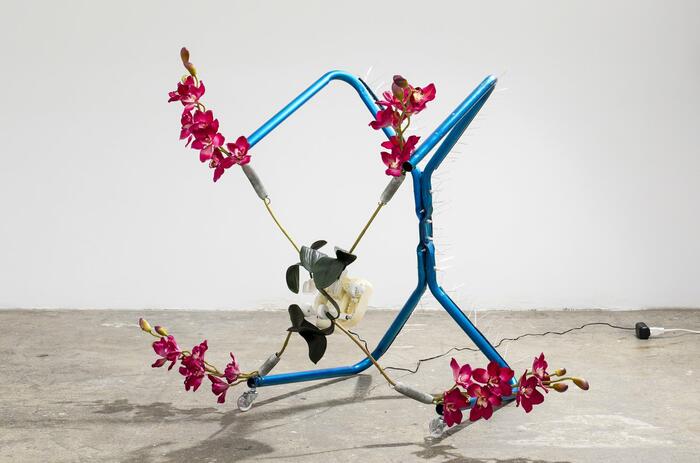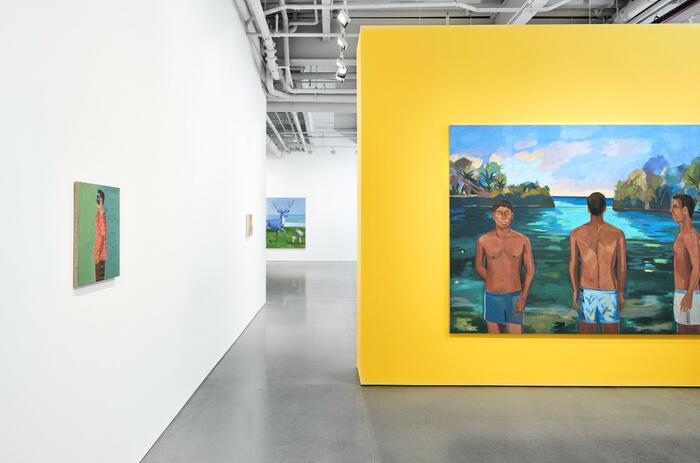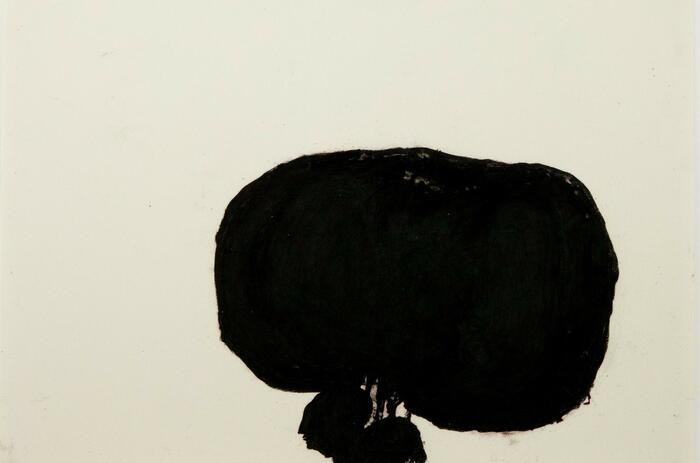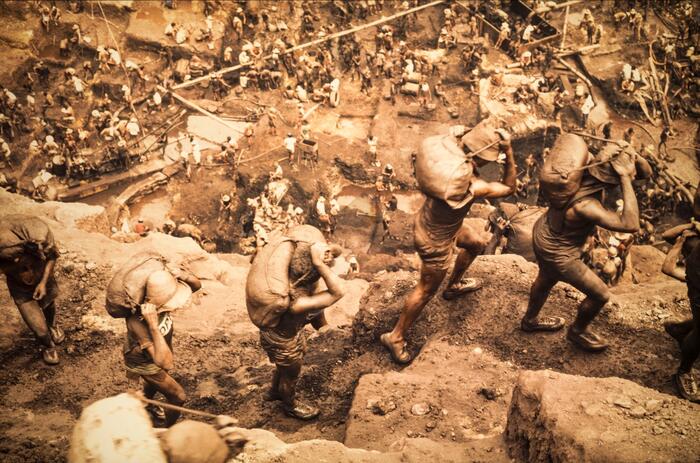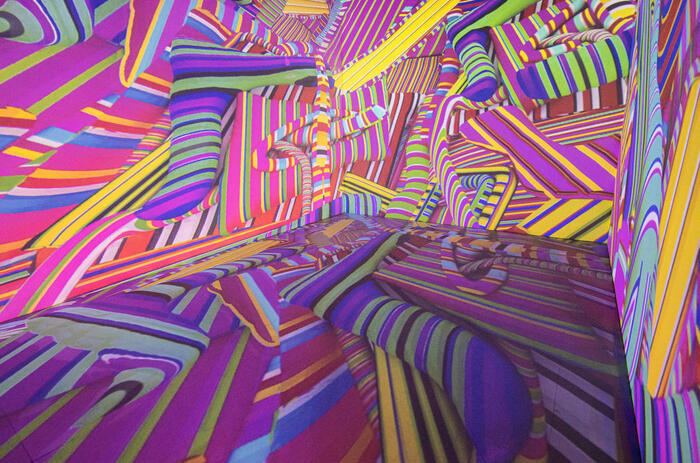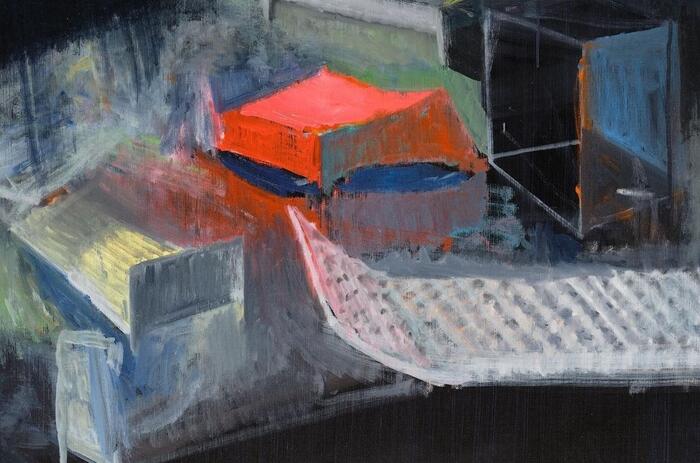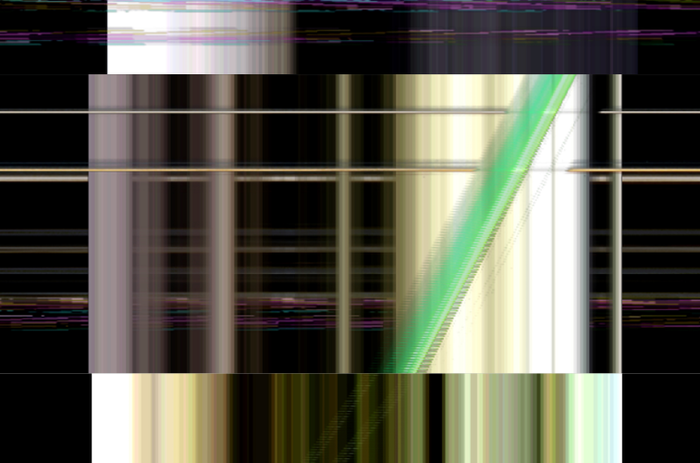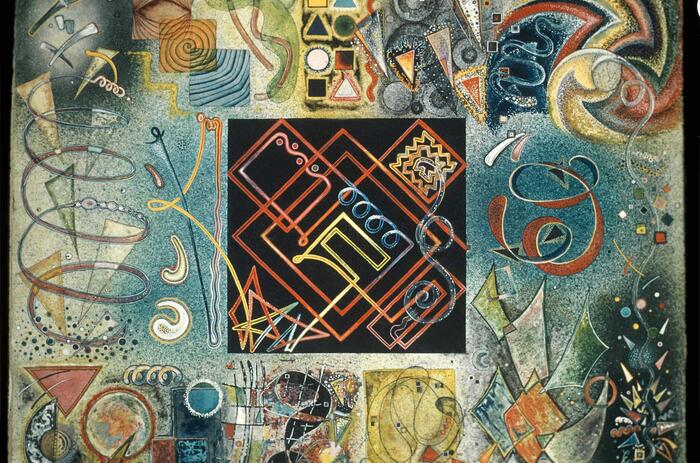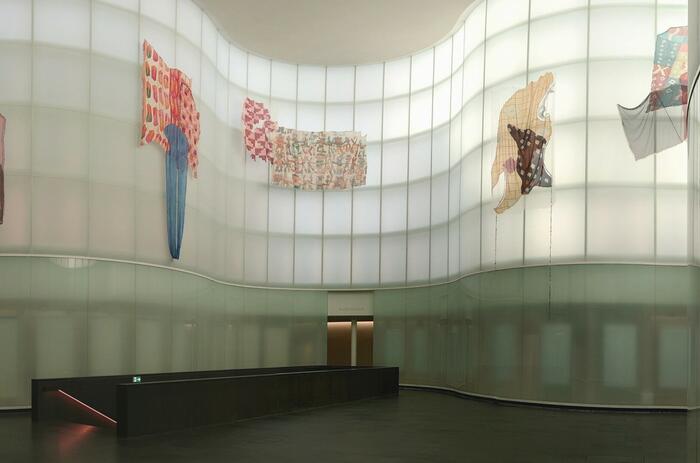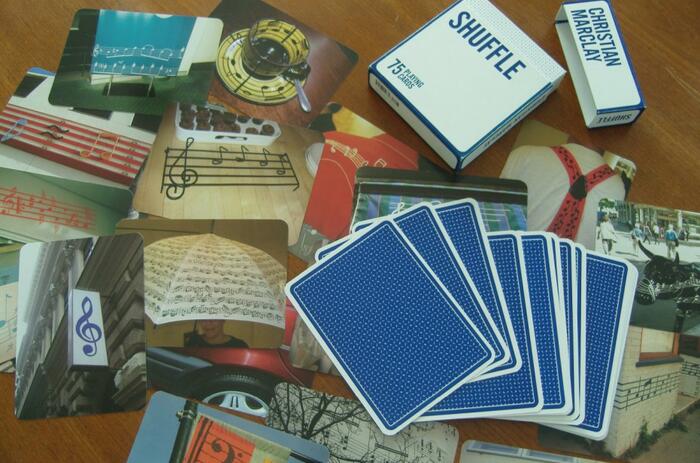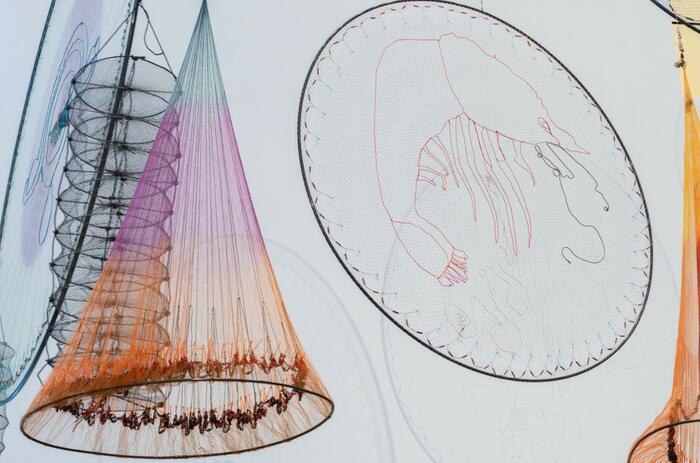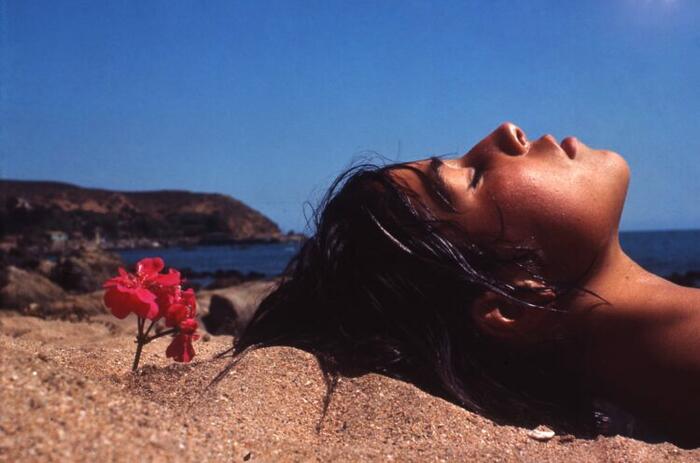THE SECOND ROTATION OF EL MUSEO DEL BARRIO’S COLLECTION
El Museo del Barrio announced the second rotation of its permanent collection exhibition Something Beautiful: Reframing La Colección.
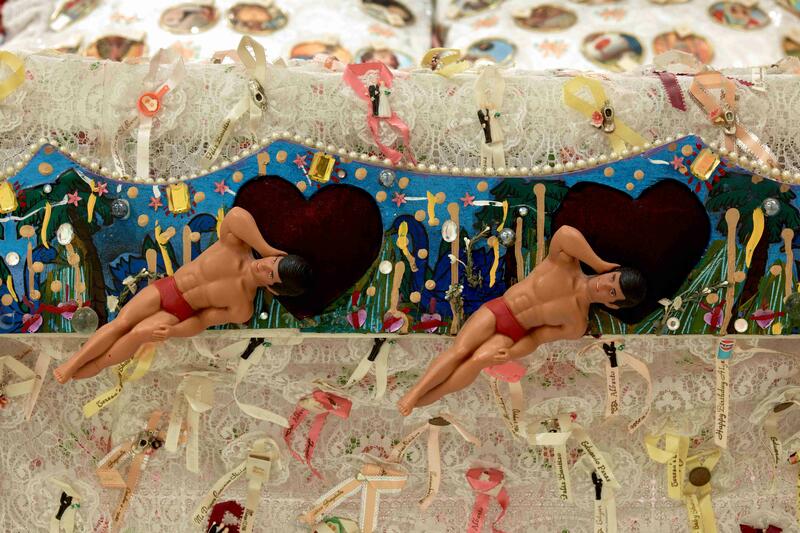
Something Beautiful, which initially opened to the public in May, is the Museum’s most ambitious display of its permanent collection in over twenty years. Organized by Rodrigo Moura, Chief Curator; Susanna V. Temkin, Curator; and Lee Sessions, Permanent Collection Associate Curator, the second rotation expands the exhibition’s scope, showcasing approximately 150 additional artworks by some 60 artists, including 50 new acquisitions that have entered the collection within the last two years.
Something Beautiful cuts across chronological, geographic, and media-specific categories, reconsidering the collection through interdisciplinary approaches rooted in El Museo’s history and legacy. Within this model, the contributions of Amerindian, African, and European presences, as well as other diasporic flows, are the basis of visual culture in the Americas and the Caribbean.
-
Unidentified artists from Chile. Arpillera, 1980s. Embroidered and appliquéd textile Collection of El Museo del Barrio, New York. Gift of Arthur and Dorothy Hammer.
-
Francisco Manuel Oller y Cestero ‘Plátanos amarillos,’ c. 1892. Oil on wood panel. Collection of El Museo del Barrio, New York. Gift of Carmen Ana Unanue.
The second rotation of Something Beautiful is organized into nine sections and four artist spotlights. Sections include:
Afro-diasporic Modernities brings together artists working in the African diaspora in the Americas and centers spiritual and religious practices such as Candomblé, Umbanda, Vodou, and Santería.
Figureheads explores the use of political iconography as a key visual strategy in artistic languages and political movements throughout the Americas, and especially in advocacy for Puerto Rican independence.
Material Construction showcases artists’ use of unconventional materials sourced from the street that speak to conditions of precarity, innovation, and autonomy in urban life.
Así es la Vida borrows its title from the hit anthem by Boricua rap duo The Latin Empire, celebrating the contributions of Puerto Rican and Latinx artists to New York’s urban culture and street art.
-
Edgardo Giménez. ‘Amor (Mariposa),’ 1970. [Love (Bunerfly)]. Serigraph. Collec+on of El Museo del Barrio, New York. Gift of the Institute for Studies on Latin American Art (ISLAA). © the artist. Image shown here courtesy the artist and MCMC Galería. Photograph by Arturo Sánchez.
-
Detail, Pepón Osorio, ‘La cama,’ 1987. [The Bed]. Mixed media installation. Collection of El Museo del Barrio, New York. Museum Purchase via The Ford Foundation. Photograph by On White Wall.
Colors, Names contends with troubling histories of classifying individuals based on the color of their skin and ethnic background and how this history continues to impact our perception of race today.
Tropical Extraction examines natural resource extraction in Latin America and the Caribbean, and illustrates how landscape, still-life, and other traditional artistic genres historically naturalized the commodification of the region for foreign consumption.
Arpilleras explores embroidered fabric artworks created under military dictatorship in Chile and how this textile-based tradition came to symbolize resistance to political oppression.
Craft Crossroads displays works by artists who employ a wide range of craft techniques to challenge hierarchies and emphasize the importance of materials and techniques previously overlooked by the mainstream art world.
-
Sophie Rivera. ‘Altanator,’ 1975; reprinted in 1986. Color photograph. Collection of El Museo del Barrio, New York. Gift of Sophie Rivera.
-
Rubem Valentim. Untitled, 1990. Serigraph. Collection of El Museo del Barrio, New York. Gif of Lucia Valentim.
-
Unidentified artists from Haiti, ‘Marasa Dossou,’ c. 1980s. Beads and sequins on nylon cloth. Collection of El Museo del Barrio, New York. GiY of Margery Nathanson.
Ocama Aracoel, translating as a call to the ancestors in the Taíno language, remains on view from the first rotation of the exhibition. It emphasizes the core importance of Taíno culture for El Museo by pairing ancestral Taíno forms from the Caribbean with artwork by Nuyorican artists. In early 2024, this section will be supplemented with a new artist commission, entitled Guatu Nakan (“In the middle of the fire”), by Jorge González (b. 1981, San Juan, Puerto Rico; lives in San Juan) and a network of collaborators.
Artist spotlights will feature the works of Edgardo Giménez (b. 1942, Santa Fe, Argentina; lives in Buenos Aires, Argentina), Sophie Rivera (b. 1938, The Bronx, NY–2021, The Bronx), Pepón Osorio (b. 1955, Santurce, Puerto Rico; lives in Philadelphia, PA), and Jaime Davidovich (b. 1936, Buenos Aires, Argentina–2016, New York, NY).

